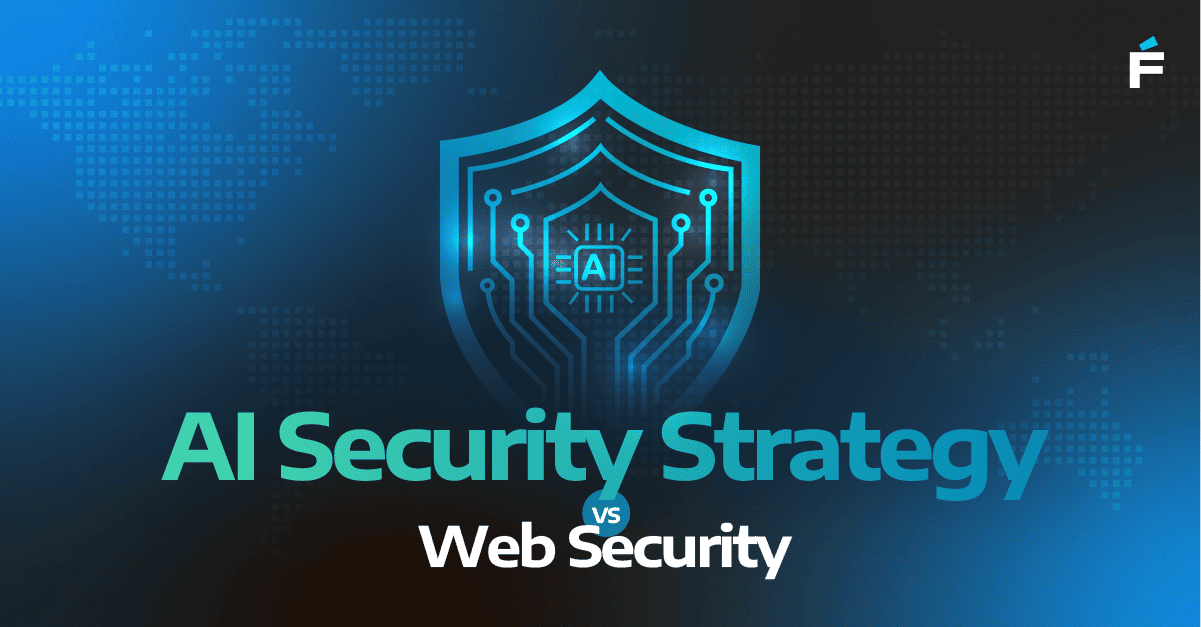There's a rich ecosystem of Python libraries for efficient data engineering. This blog post highlights key libraries that provide data professionals with seamless data manipulation, transformation, and storage across a wide range of use cases, from small-scale initiatives to large-scale data pipelines.
All of the libraries in this blog post are hosted at PyPI, the Python Package Index. The site is developed and maintained by the Python community.
Data Analysis and ETL Libraries
Data analysis libraries provide manipulation, transformation, and analysis of large datasets, while ETL libraries facilitate the automation and orchestration of complex data pipelines. ETL libraries ensure that data is processed and integrated across systems.
- NumPy: The fundamental package for scientific computing with Python, providing support for multi-dimensional arrays and matrices, along with a vast collection of high-level mathematical functions.
- Pandas: A powerful data analysis and manipulation library offering flexible data structures (Series and DataFrames) for handling and analyzing structured data.
- SQLAlchemy: An Object-Relational Mapper (ORM) that provides a Pythonic interface for interacting with relational databases, simplifying data access and manipulation.
- PySpark: A Python API for Apache Spark, enabling distributed data processing and machine learning on large datasets.
- BeautifulSoup4: A library for parsing HTML and XML documents, extracting data, and navigating through the document structure.
Machine Learning Libraries
Machine learning libraries streamline the process of implementing advanced algorithms. They optimize model performance and integrate machine learning into data workflows.
- Scikit-learn: A versatile machine learning library providing a wide range of supervised and unsupervised algorithms for classification, regression, clustering, and more.
- TensorFlow: An open-source platform for building and training deep learning models.
- Keras: A high-level API for building neural networks, often used with TensorFlow.
- PyTorch: An open-source machine learning library known for its dynamic computational graph, making it efficient for prototyping and research.
- SciPy: A collection of algorithms and mathematical tools for optimization, linear algebra, integration, interpolation, and other scientific and technical computations.
Data Workflow and Pipeline Libraries
Data workflow and pipeline libraries automate, monitor, and scale complex data processes, ensuring that data moves seamlessly and efficiently through each step of the pipeline.
- Apache Airflow: A platform for programming and managing complex data pipelines as directed acyclic graphs (DAGs).
- Luigi: A Python module for building complex pipelines of batch jobs. It helps to manage dependencies and failures.
- Prefect: A modern dataflow platform for building and running data pipelines, offering features like task orchestration, monitoring, and error handling.
- Kafka Python: A Python client for Apache Kafka, enabling building applications that produce or consume streams of records.
Cloud Libraries
Cloud libraries provide the tools necessary to interact with cloud-based storage, computing, and data processing services. They provide scalable data management and efficient handling of large datasets in cloud environments.
- Boto3: The AWS SDK for Python, providing an interface to interact with Amazon Web Services (AWS) services.
- Google API Core: A client library for Google Cloud Platform (GCP) services, offering core functionality for authentication, authorization, and API interactions.
- Azure Core: A foundational library for Azure SDKs, providing common authentication and pipeline capabilities.
Visualization Libraries
Visualization libraries can be used to create charts and interactive dashboards, helping communicate and display data-driven insights and trends.
- Matplotlib: A foundational plotting library offering extensive customization for creating static, animated, and interactive visualizations in Python.
- Seaborn: Built on Matplotlib, Seaborn provides a high-level interface for creating attractive statistical graphics. It excels at visualizing complex datasets with informative plots.
- Plotly: Offers interactive, publication-quality graphs. It supports a wide range of plot types and can be used to create online or offline visualizations.
Get In Touch
Forte Group has a global team of experts who can help with your Data Engineering needs. Fill out our contact form and one of our product strategists will be in touch.





